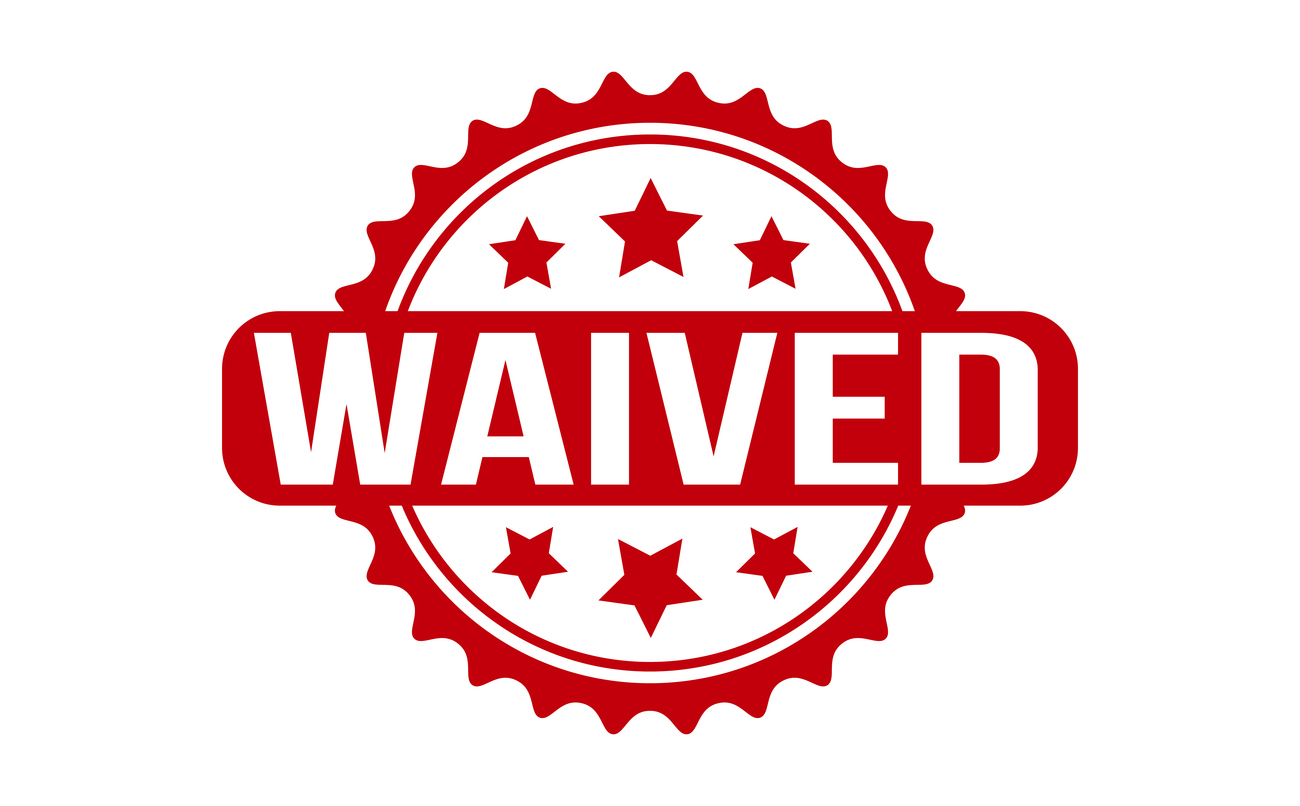While reading Michelle Claverol’s post yesterday, Understanding Replacement Cost Coverage: Valuation Issues in Florida, Part 5, I had some personal thoughts on two cases she discussed. I also want to emphasize a very significant case we noted last week in Court Finds State Farm Cannot Withhold Money After Appraisal Award for Sinkhole Remediation. There are some very practical practice pointers for all involved in insurance coverage from these three cases.
The first case, Patrick v. State Farm, 647 So.2d 983 (Fla. 3d DCA 1994), involved a situation where the unit owner repaired and replaced his property through his own efforts. He did not pay somebody else to do much of the work. The Court denied replacement cost coverage stating the following:
Replacement cost insurance is designed to cover the difference between what property is actually worth and what it would cost to rebuild or repair that property. It is insurance on a property’s depreciation. Leo L. Jordan, What Price Rebuilding?, 19 ABA Fall Brief 17 (1990). Courts have almost uniformly held that an insurance company’s liability for replacement cost does not arise until the repair or replacement has been completed. Id.; see, e.g., Tamco Corp. v. Federal Ins. Co. of New York, 216 F.Supp. 767 (N.D.Ill.1963). Patrick’s contract provides that State Farm “will not pay for any loss on a replacement cost basis until the lost or damaged property is actually repaired or replaced….”
…
Patrick also argues that State Farm should pay the total amount the insurance company estimated it would cost to repair or replace his property, despite the completion of the work for a lesser amount. However, the contract plainly provides that State Farm “will not pay more for loss in any one occurrence on a replacement cost basis than … the amount you actually spend that is necessary to repair or replace the lost or damaged property.” The issue also was squarely addressed in Kolls v. Aetna Casualty and Surety Co., 378 F.Supp. 392 (S.D.Iowa), aff’d, 503 F.2d 569 (8th Cir.1974). There, the insureds were paid $631,955 for the actual value of a destroyed shopping center. Depreciation was figured at $54,920. The insureds then scaled back the rebuilding and only spent $510,759.88. The court refused to order the payment of the withheld amount because the insureds had not spent more on the rebuilding effort than they received in payment for the actual value of the shopping center. “[T]he Replacement Cost Endorsement is not of value to the plaintiffs until they have expended an amount greater than what they could recover under the basic policy coverage….” Kolls, 378 F.Supp. at 400.
The practical pointer here is that had the policyholder’s counsel been aware of State Farm operational guidelines, the case could have been won. State Farm has an internal guideline for just about every claims situation. There was one in existence that provided that State Farm would pay for its policyholder’s time and effort in repairing or replacing the damaged structure. My practice tip is to hire claims experts who have these claims guidelines or simply ask for them. Many companies have these claims guides for use by adjusters. This case is an example of State Farm allowing its attorneys to argue something it did not even believe– as proven by its operational guides.
Vantage View vs. QBE Insurance, No. 07-60138, 2009 WL 536546 (S.D. Fla., March 3, 2009) is significant because it is a recurrent situation where a denial is made and then the insurer does not want to pay full replacement cost benefits. In some situations, it could provide an unscrupulous insurer a motive to avoid paying the full benefits owed under a policy, knowing a poor insured could never raise monies to rebuild. The Court stated:
Here, the jury found that Defendant breached the insurance contract by failing to pay Plaintiff for the damages it sustained. The jury also found that Plaintiff sustained $910,500.00 of replacement cost damage. Despite that damage, Defendant failed to provide Plaintiff any funds to allow it to make repairs. By so doing, Defendant frustrated Plaintiff’s efforts to make any repairs and prevented Plaintiff’s compliance with the replacement cost provision in the policy. See e.g., State Farm Fire & Casualty Ins. Co. v. Miceli, 164 Ill.App.3d 874, 115 Ill.Dec. 832, 518 N.E.2d 357, 362 (Ill.App.Ct.1987) (when insurer made compliance with a condition precedent impossible by failing to provide any funds, the insureds were not prevented from recovery of replacement cost); Bailey v. Farmers Union Cooperative Ins. Co. of Nebraska, 1 Neb.App. 408, 498 N.W.2d 591, 598-99 (Neb.Ct.App.1992) (awarding replacement cost coverage despite the plaintiff’s failure to comply with the policy condition to rebuild when the plaintiff did not have funds to rebuild); McCahill v. Commercial Union Insurance Co., 179 Mich.App. 761, 446 N.W.2d 579, 585 (Mich.Ct.App.1989)) (awarding recovery for replacement costs because the failure of the insurer to advance funds meant there was “little likelihood of being able to secure financing to repair or replace” property). Florida law is clear that “a party, who, by his own acts, prevents performance of a contract provision cannot take advantage of his own wrong.” North Am. Van Lines v. Collyer, 616 So.2d 177, 179 (Fla.Dist.Ct.1993); see Paparone v. Lake Placid Holding Co., 438 So.2d 155, 157 (Fla.Dist.Ct.App.1983); Ward v. Branch, 429 So.2d 71, 74 (Fla.Dist.Ct.App.1983); see also Restatement (Second) of Contracts § 245 (“Where a party’s breach by non-performance contributes materially to the non-occurrence of a condition of one of his duties, the non-occurrence is excused”). Indeed, any other outcome would result in an insurer “profit[ing] from its own breach of the agreement.” Zaitchick v. American Motorists Ins. Co., 554 F.Supp. 209, 216 (S.D.N.Y.1982) (quoting and incorporating the insured’s argument that the insurer’s conduct made it impossible for the insured to fulfill the condition precedent).
This conclusion is buttressed by the language of the policy. Specifically, the policy provides that replacement cost value will not be paid unless the repairs are made “as soon as reasonably possible.” Clearly, it is not “reasonably possible” for the insured to make repairs without receipt of the funds from the insurer. Indeed, Ceballo and Patrick support this interpretation, given that the insurer in those cases advanced funds making it possible for the repairs to occur. Lastly, the Court finds that any other result would provide insurers with an incentive not to pay legitimate claims in cases where payment on a replacement cost basis is likely to be more than payment based on an actual cash value. Thus, the Court denies Defendant’s motion for judgment as a matter of law. (emphasis added)
A footnote written by the Court is also significant:
The Court disagrees with Defendant’s contention that this finding creates or extends insurance coverage not in the policy…. To the contrary, the Court finds that coverage exists in the policy. It is Defendant’s actions in breaching the contract that give rise to Plaintiff’s ability to avail itself of the replacement cost provision of the policy. The fact that the policy also provides for actual cash value has no bearing on the Court’s interpretation of the policy as to replacement cost in view of Defendant’s breach. (emphasis added)
I wish Judge Senter would have followed these lines of cases and reasoning in the Mississippi Katrina litigation. The replacement cost policy contemplates that the insured will have some partial payments immediately on an actual cash value basis to start the repair and replacement. When there is a wrongful denial, the policy stops working in the manner contemplated. The insurer should not benefit from its own wrong action.
Finally, after my post regarding the disappearing appraisal clause in While State Farm May Stay in Florida, Appraisals May Go, the decision in State Farm Florida Ins. Co. v. Nichols,— So.3d —-, 2009 WL 3674569 (Fla. 5th DCA, November 6, 2009), was released. I believe this opinion will probably accelerate that exodus. By chance, I ran into the very capable policyholder’s attorney, Craig LaValley, in Fort Myers several weeks ago. He won this case and one similar on appeal. He told me that his reasoning was quite simple—if the policy values are determined by appraisal, the insurer decided to go down “the will” street and no longer was on the “may street.”
This is exactly the reasoning followed by the appellate Court:
The homeowners’ policies clearly require State Farm to pay the full amount of an appraisal award within sixty days of the award.
…
This statute provides in pertinent part:
The insurer may limit its payment to the actual cash value of the sinkhole loss, not including underpinning or grouting or any other repair technique performed below the existing foundation of the building, until the policyholder enters into a contract for the performance of building stabilization or foundation repairs.
…
We construe this language as permissive, not mandatory. Because it is permissive, the policy language that requires payment of subsurface repairs within sixty days after the appraisal award is not in conflict with the statute and is binding on the parties to the insurance contract.
I suggest that the practical impact of this case is to force many insurers to pay for replacement cost if the value is determined by appraisal. The long term impact may be that the appraisal clause will be written out of many property insurance policies if insurers want to avoid this result.




